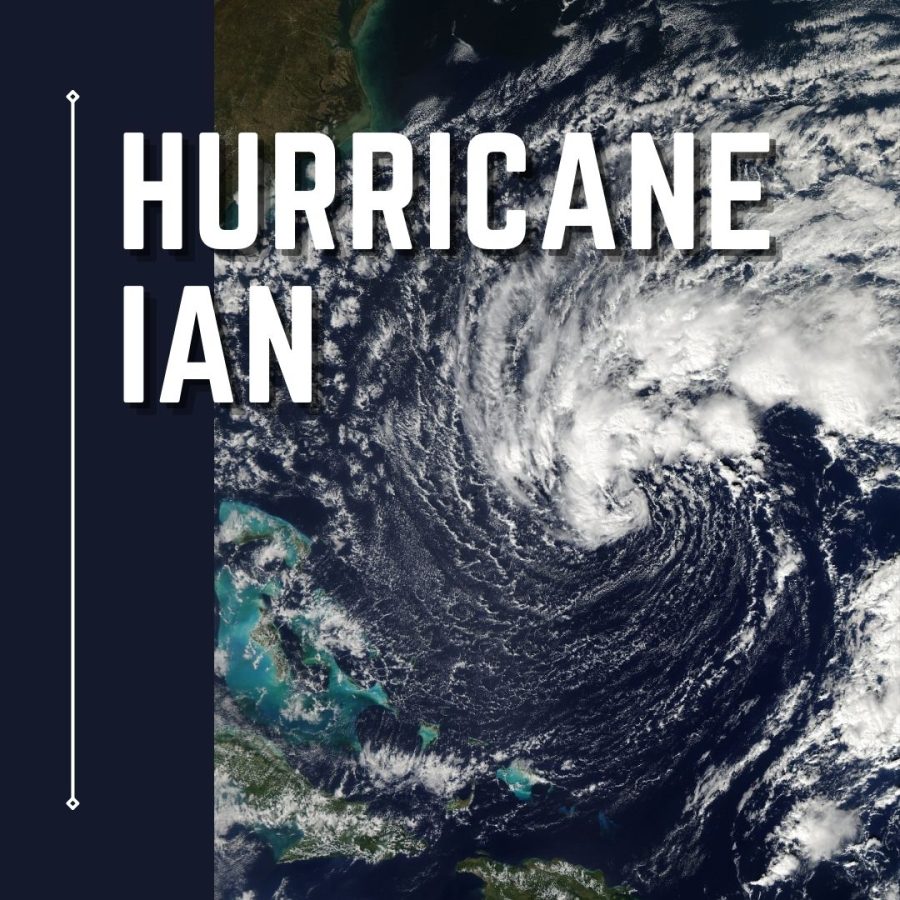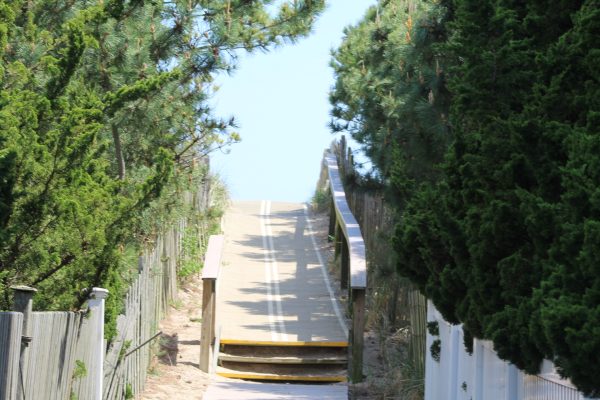Hurricane Ian tears through Cuba, into Florida and upwards
Hurricane Ian began as a tropical storm in the Carribean Sea before it traveled north, intensifying and hitting Cuba and several states on the East Coast of the U.S.
Florida is officially in a major state of emergency due to the damage caused by Hurricane Ian, declared by President Joe Biden as of Friday, September 23, 2022. The initial powerful winds and rain hit the following Tuesday, and the worst of the hurricane entered the state near Cayo Costa, Florida, midday Wednesday, concurrently with the storm’s strengthening from Category 3 to Category 4. Just two miles per hour short of Category 5 status, Ian hit as one of the top five most powerful storms to ever hit the United States and the most powerful to ever hit the Florida Peninsula.
The storm moved across Central Florida, weakening to tropical storm status, Thursday morning before exiting into the Atlantic later that day. Winds and rain began in upstate South Carolina the morning of Friday, September 30, and the storm made landfall later that day. October 1, the storm weakened to a post-tropical cyclone as it made its way up though North Carolina. As for New Jersey, powerful winds and rain are in occurrence this weekend as remnants of Ian drift north.
Cuba
Before beginning its path of destruction in the U.S., Ian ravaged the island of Cuba Tuesday, September 26. The storm hit the island as a Category 3 in the western province of Pinar del Rio, where thousands of residents were evacuated from their homes and many structures were destroyed. Both of the storm’s confirmed fatalities in Cuba occurred in Pinar del Rio, where one woman and one man were sadly killed by collapsing structures.
CNN spoke to Adriana Rivera, a Spanish native who has been unable to contact relatives in Pinar del Rio since the storm. Rivera explained, “they didn’t expect the hurricane to be this strong… I hope they’re okay. The uncertainty has been killing me.”
Ian’s impact on the island country also includes a power outage across the entire island, leaving the 11 million inhabitants in a blackout; although, this is only one of many blackouts in the country this summer, an issue that had led to citizens protesting against the Cuban government. Much of the island’s power was restored the day after the storm, but Western Cuba is still in the dark, leading to protests in the streets and chants of “we want light” from the suffering citizens.
The ruinous effects of the hurricane are exacerbated by a preexisting economic crisis; flooding in major tobacco fields will undoubtedly prove to be a devastating blow to the economy. Hurricane Ian’s impact was so catastrophic for Cuba that the nation even requested aid from the United States, a rare occurrence due to longstanding tensions between the two countries.
Florida
Millions of Floridians have been displaced as a result of evacuations ordered in eight of the state’s southern and western counties. The storm surge and extreme winds and rain have proven catastrophic for The Sunshine State, as countless photos and videos of flooded streets, destroyed homes, and uprooted trees continue to pour out through social media and news outlets. Entire neighborhoods can be seen under several feet of water, and Sanibel Island was even cut off from mainland Florida after parts of the Sanibel Causeway collapsed. Rescue teams’ efforts are ongoing, as upwards of a thousand people have been rescued from the wreckage so far.
Though the storm has long left the state, the devastation continues as the death toll continues to rise, as CNN reports a shocking 67 confirmed deaths in Florida and four in North Carolina. Experts say this number will unfortunately likely rise as search and rescue teams continue to tend to the wreckage.
U.S. Coastguardsman Brendan McPherson, who is part of the ongoing search and rescue efforts, told CNN how parts of the state are “unrecognizable”: “There’s no street signs. They don’t look like they used to look like. Buildings that were once benchmarks in the community are no longer there.”
Hurricane Ian tore down countless power lines, leading to blackouts for several million of the state’s residents. Repair teams have been working tirelessly to restore electricity, and the number of residents without power is now just below 900,000; though the power grid may take weeks to fully fix.
Ian has been assessed to be the single most expensive storm in Florida’s history; it will take months and tens of billions of dollars to get the state back in order and its residents back on their feet. Florida will need all the help it can get as it navigates this unprecedented tragedy.








Dylan D. • Oct 7, 2022 at 12:58 pm
woah guys this is a really good article